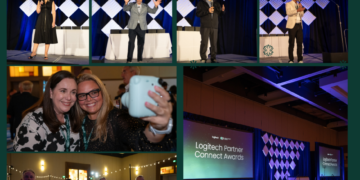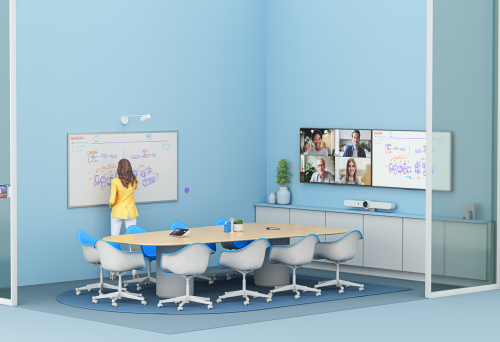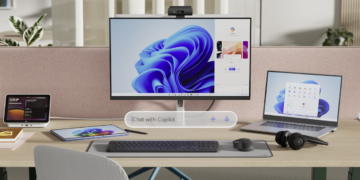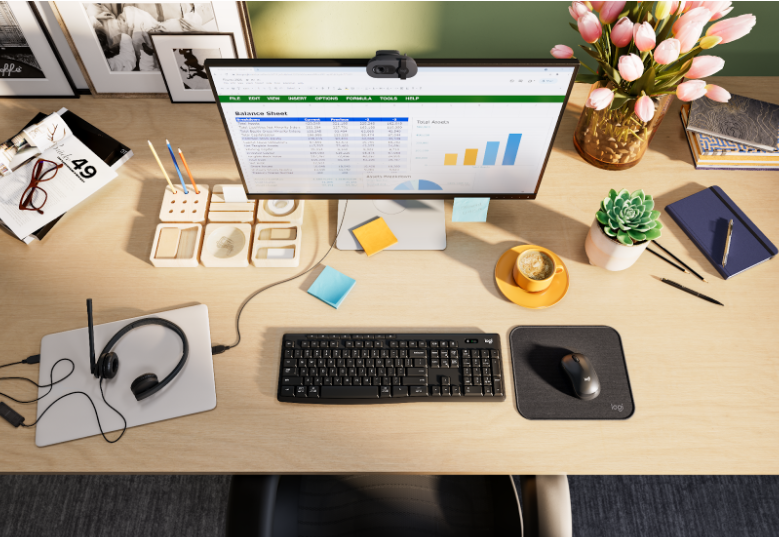Recently published global research from Logitech investigates the key challenges employees face in the hybrid office and how companies can deliver an improved work experience.
It’s not just the commute.
The study, Desk Dread: 3 Reasons Employees are Dodging the Office, surveyed 600 U.S.-based HR leaders of global companies and 1,350 employees in the U.S., U.K., Germany, France, Australia, and Japan. Results indicate that around two-thirds of hybrid employees struggle with disruptions and distractions in their company’s workplace. A similar number (63 percent) say they face technology issues on days when they go in, and around half are frustrated with their experience getting set-up in the office (50 percent) or report that they don’t have access to the workspaces they need (51 percent).
Alarmingly, 3 out of 10 Gen Z employees say they’re seriously considering quitting for a job with a company that provides more up-to-date office technology and equipment.
With employee engagement and retention at stake, it’s crucial for leaders at hybrid organizations to assess what is creating friction. The research revealed that offering better technology, reconfiguring office layout and simplifying the individual desk reservation and set-up process would help remove these obstacles. Office technology is particularly important to Gen Z, with over half (53 percent) of these young workers reporting that they would go into the office more often if there were more reliable tech and equipment.
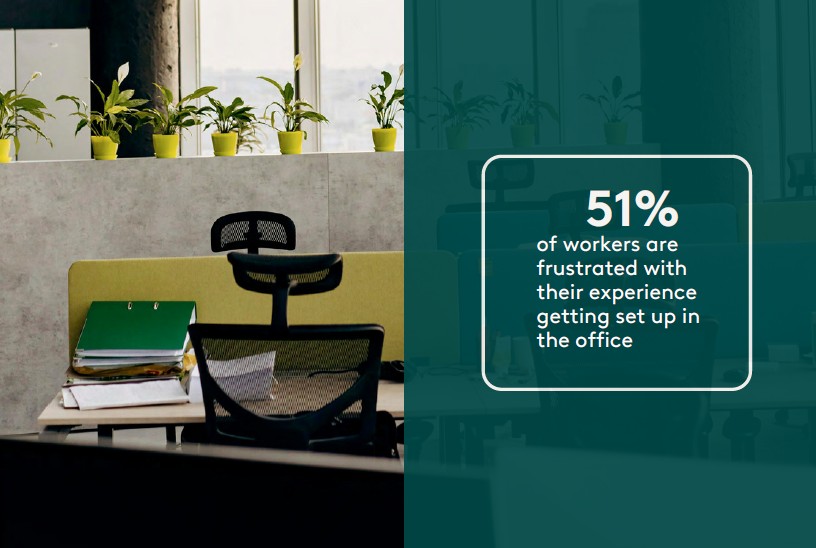
Other key findings include:
- Poorly performing tech is more than just an annoyance: 6 out of 10 workers say their company’s outdated technology negatively affects them at work, for example by worsening their productivity and wasting their time. Employees also report that subpar tech has caused them to work late at the office (37 percent) or miss meetings (28 percent).
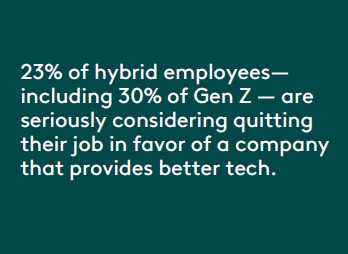 Getting set up in the hybrid office is a hassle: Nearly a third (31 percent) of employees say they’ve had to arrive early to find a good desk, and the average hybrid worker needs at least 25 minutes just to get set up. This includes locating a desk, connecting to Wi-Fi, finding and setting up technology and equipment, and cleaning and organizing their workspace. Employees who say their company doesn’t offer enough workspaces report that it takes them over 40 minutes to get situated.
Getting set up in the hybrid office is a hassle: Nearly a third (31 percent) of employees say they’ve had to arrive early to find a good desk, and the average hybrid worker needs at least 25 minutes just to get set up. This includes locating a desk, connecting to Wi-Fi, finding and setting up technology and equipment, and cleaning and organizing their workspace. Employees who say their company doesn’t offer enough workspaces report that it takes them over 40 minutes to get situated.- HR leaders recognize that employees are struggling, but some aren’t taking action: 80 percent of leaders acknowledge that their workers experience challenges finding a desk or workspace, and 73 percent admit their employees don’t have all the technology and equipment they need. However, only around four out of ten reported that they’re improving their office layout and just 48 percent say they’re working to provide more reliable technology.
- An improved office experience would motivate employees to spend more time there: Employees say they would go in more often if it was easier to get set up and find a workspace (51 percent), if there were quiet places to work (47 percent), if their company improved its workspaces or the office layout (45 percent), if they could easily move between workspaces (39 percent), and if their company provided more reliable technology (37 percent).
- Desk booking software can help solve some of today’s hybrid work challenges, yet its adoption remains limited: Less than a third (32 percent) of hybrid employees have access to desk booking software. This tool not only lets workers choose a desk ahead of time, but it can even filter by equipment, location, and type of working space, as well as allow them to see whether their colleagues will be in the office and where they’ll be located.
“Hybrid employees shouldn’t have to do a scavenger hunt every time they commute into the office,” said Philippe Depallens, GM, Logitech for Business Services. “As more companies push for a return-to-office (RTO), it’s essential to provide reliable tech– like webcams,mice, keyboards, room schedulers and video conferencing cameras– and remove the hassle that comes with shared workspaces. Employees are used to plug-and-play tech in their everyday lives, so why would expectations be any different for their workspaces?”
“Gen Z employees are especially struggling with today’s suboptimal office experience,” added Dan Schawbel, Managing Partner, Workplace Intelligence. “These workers are often the most interested in the social benefits of going into the office, yet all too often, other aspects of the on-site experience aren’t living up to their expectations. Ignoring their concerns and frustrations could have a devastating impact on employers’ ability to retain young talent.”

Methodology
Research findings are based on a survey conducted by Workplace Intelligence and Walr between April 25 and May 31, 2024. The survey audience included 600 U.S. HR leaders whose companies operate globally, and 1,350 full-time hybrid work employees from the U.S., U.K., Australia, Germany, France, and Japan. To read the full report, visit: LINK.
Bringing employees back to the office
Through the survey process, hybrid employees indicated that a smoother desk reservation process in shared workspaces would help make the office more attractive. For HR leaders and Facilities planners, software would bring better insights into space and desk usage and demand. Find more information about Logitech Desk Booking software here.


